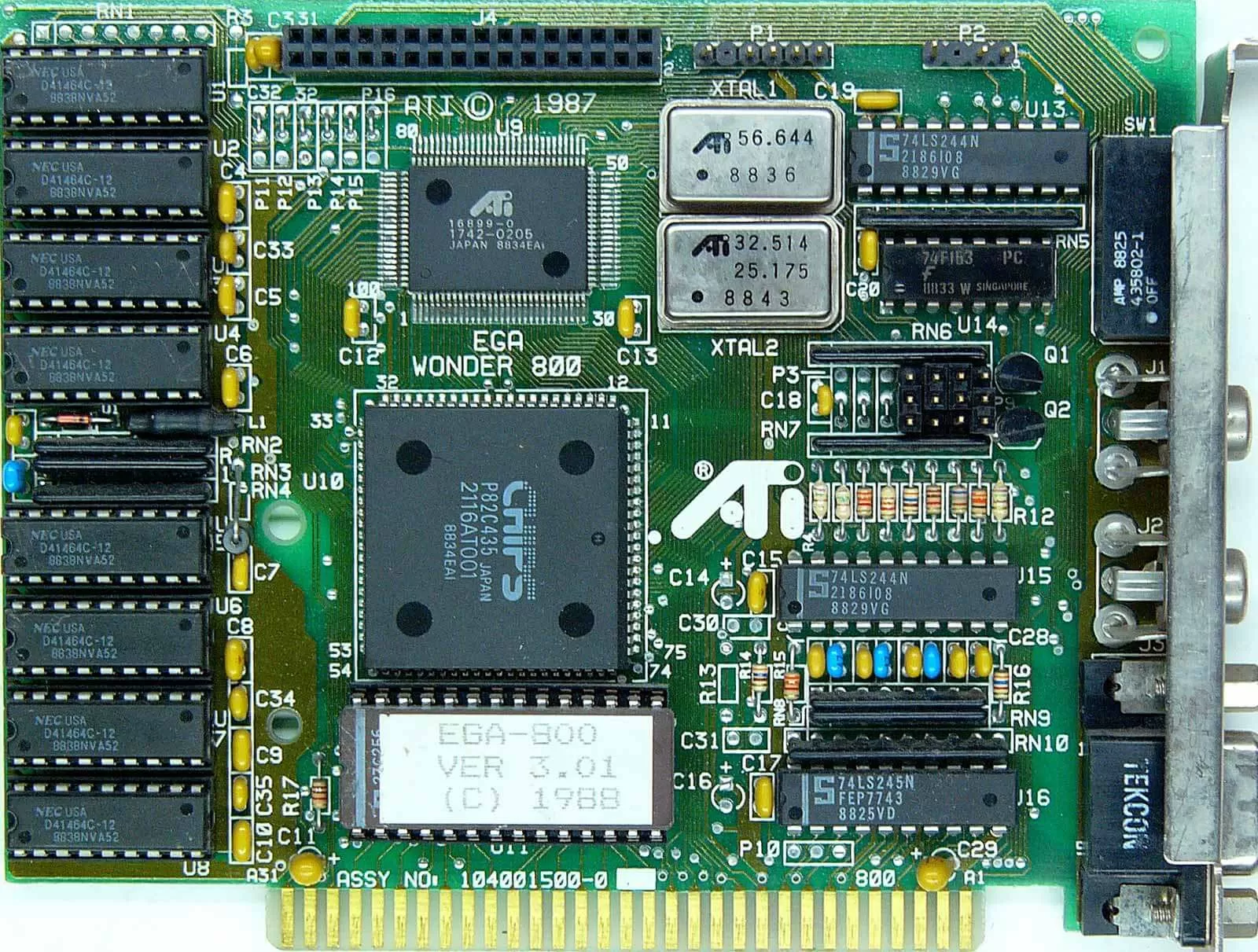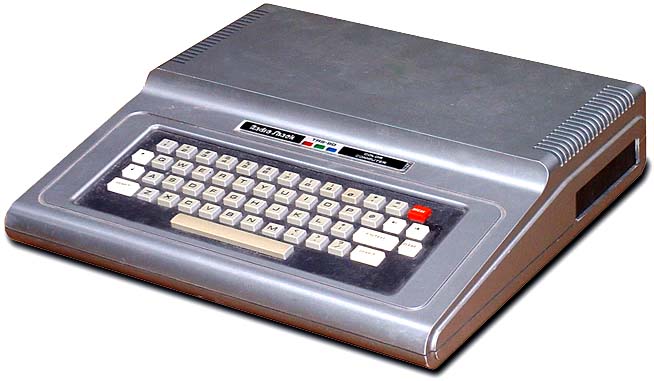P
punctualturn
Articles like this confirm that the 70's, 80's and 90's were simply magical.
So glad I was able to live them!
So glad I was able to live them!

I had a CirrusLogic card in one of my builds (I think it was my 486).Cirrus Logic still exist as an independent company. They were still making graphics up until 1997 (Laguna3D discrete desktop, CL-GD7665 display controller)
Yeah they were. Innovation was the name of the game and there were so many players involved. Now THAT was real free-market capitalism. The problem with capitalism is that results in oligopolies and/or duopolies like we have now.Articles like this confirm that the 70's, 80's and 90's were simply magical.
So glad I was able to live them!
I had one in my Chinese model 48680 with turbo.I had a CirrusLogic card in one of my builds (I think it was my 486).
I never actually used Windows 3.1 much. I was using OS/2 v2.0 pretty much all the way up to Win95. LOLI had one in my Chinese model 48680 with turbo.
I was using Windows 3.1, and had 16 million colors with the right driver installed.
I started with a computer that needed someone to create their own program with what is known as spaghetti code. When I heard computers had Windows a program that didn't need to be written, I bought my first programmed computer.I never actually used Windows 3.1 much. I was using OS/2 v2.0 pretty much all the way up to Win95. LOL

Yep, for some devices, OS/2 was a complete clusterfrack because any devices that were the least bit specialised didn't have drivers (fortunately my Panasonic KX--P1091 printer worked fine). Win95 was pretty sketchy with 8-bit programs which I thought was absurd since backwards-compatibility has always been a critical aspect of the PC.I started with a computer that needed someone to create their own program with what is known as spaghetti code. When I heard computers had Windows a program that didn't need to be written, I bought my first programmed computer.
I wanted to try OS2, and I even downloaded it, but while running it, I could not use everything that came with my computer, like the printer, scanner, Photoshop. I didn't want something that didn't have all of that. I had Dos 6.2 for games, but I could view photographs in Dos that was not degraded by a few colors. It was close to true colors.
I had Windows 95 upgrade, but I could not use Photoshop LE 2.5 in it, because it was an 8 bit program and Windows 95 was created to use 16 bit so they could have more colors. Some pictures made for Windows 95 would not run until I added a converter to show them with my 16 million colors.
I'm embarrassed by the lack of the pinnacle of GFX development in the 80ies, I.e. Amiga, Atari, SGI and a few others.
This story is all about PCs. I'm baffled that this is the journalistic standard that TechSpot allows here. What were GFX in PCs used for those days? What were the groundbreaking applications? PCs were Office, then some Flight Sims, maybe Lemmings, and only in the early 90ies did tghey *begin* to get on par with the Amiga. *sigh*
With articles like these it is no wonder that my kids might belive that Bill Gates invented the Internet and Steve Jobs invented Laptops, MP3-players and Smartphones.
And with a title like "3Dfx Voodoo: The Game-changer" I am afraid that Matrox will not get the deserved acclaim for cards like the Matrox Mystique...
Vanderlinde, I'm curious as to why you responded in this manner to an 8 1/2 year old post.Have you even read?
3dFX was the game changer in 3D graphics, with it's own glide API.
There was nothing like that seen at that time, 3dfx basicly blasted every other vendor out of the game with release of their first Voodoo, followed up with a Voodoo2 that could be paired. It took a while for Nvidia or AMD to even catch-up.
Oh man, you're older than me. I started in 1994.Wow, this sure brings back some memories for me. I especially loved this picture:

That ATi EGA Wonder was my first video card (that was actually mine). In 1988, I was already a PC nut and my parents gave me parts to build my own PC. The video card was an ATi EGA Wonder that my stepdad bought in 1987 but then upgraded his 386 PC to an ATi VGA Wonder. The cost of that card was $700CAD at the time. I was too young at the time to know this but later on, it really blew my mind when I thought about it because we weren't exactly rich. Adjusted for inflation, $700 in 1987 is over $1600 today and that was JUST ONE PART of it. I shudder to think of what everything else cost but with the exception of the Baby-AT motherboard, 286-16 CPU and 1MB of SIMM RAM, they were all hand-me-down parts from my stepfather's PC that he upgraded. It's still a crapload of money though. I guess I was blessed.
It's amazing how this industry has evolved (and has gone to hell at the same time). That's the problem with oligopolies (and the current duopoly/triopoly is even worse), it's too easy for one manufacturer to change what people are willing to pay for a product type. Things were better when the market had several players like ATi, CirrusLogic, S3, SiS, nVidia, 3dfx, Orchid, Oak, Matrox and Diamond. It seemed like every second month a new card was released. It was just crazy.
Yeah, I'm old alright, both in actual age and in computer experience. The first computer that I was exposed to was a Radio Shack TRS-80 Color Computer with a whopping 32K of RAM. I was only 6 years old at the time but I got hooked on it immediately.Oh man, you're older than me. I started in 1994.


I vote this to be the Techspot "Article of the Year". No politics, just a fascinating history of video cards.
It's for our weekly Throwback Thursday feature, where we republish great articles from previous times.Not sure if they updated something, or just necro'd it up from the archives for some reason